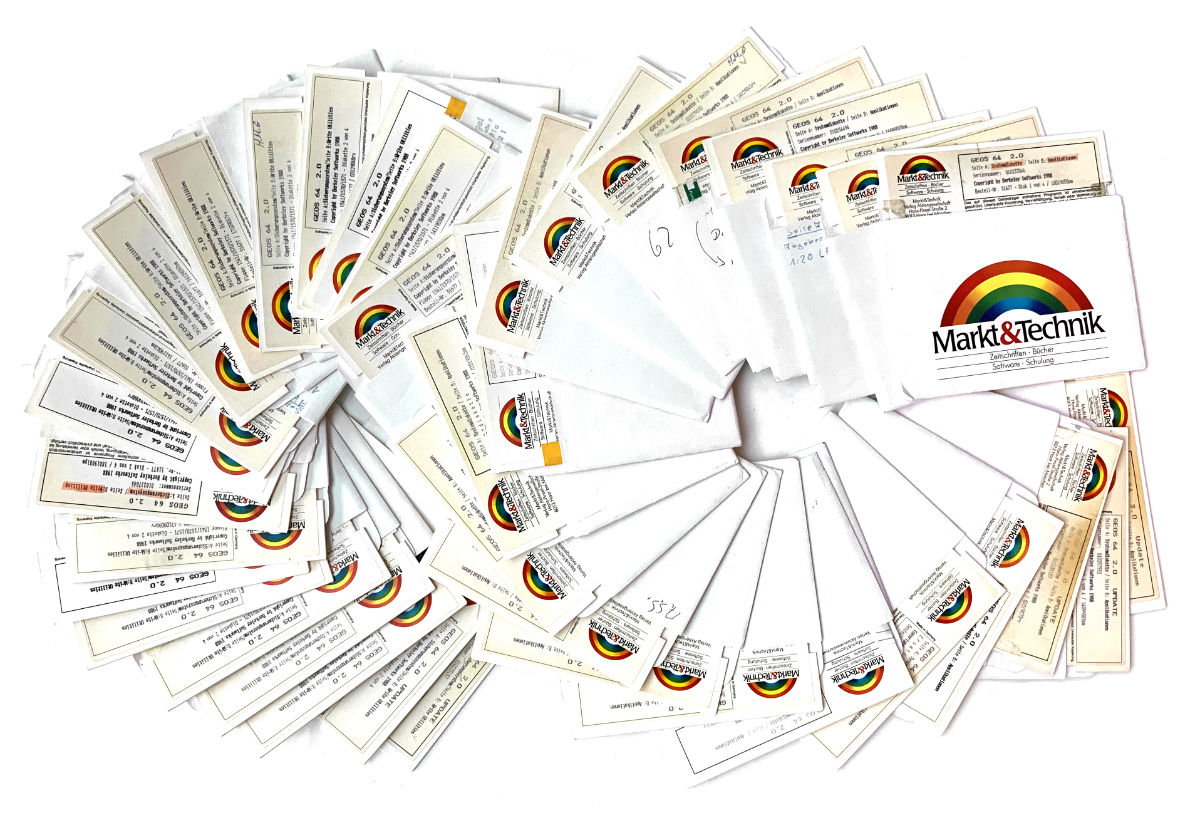A GEOS Speed Zone Bug? (Why Do C64 GEOS Boot Disks Break, Part 2)

I happened to come across 50 original German GEOS 2.0 disks that were broken and sent in for replacement. In the first part, I covered the disks that were broken probably due to user error. Now let’s look at the read errors on the remaining disks. As it turns out, there might be a bug in GEOS that caused the boot disks to break!
Why Do C64 GEOS Boot Disks Break? (Part 1)
Ultimate Commodore 64 BASIC & KERNAL ROM Disassembly
My side-by-side C64 ROM disassembly/commentary page has been completely redone!
Visualizing Commodore 1541 Disk Contents
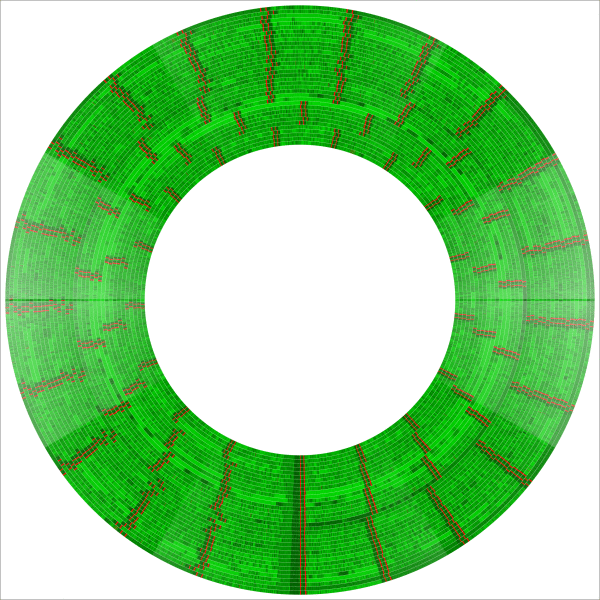
G64 files are C64/1541 disk images that contain all bits as they are physically laid out on the 5¼-inch floppy disk. Let’s visualize them!
Building the Commodore TED Kernal with Modern Tools
The original Commodore TED (C16, C116, Plus/4) source code has recently appeared on zimmers.net. It is also available in my Commodore Source Code git repository.
Building the Original Commodore 1541 DOS Source
You might think the DOS ROM of the Commodore 1541 disk drive has been analyzed to death. But here are two new resources:
Analyzing the ROMs of Third Party Disk Drives for the C64
Most Commodore 64 users had a 1541 disk drives, but there were always also third part options. Most of them claimed full 1541 compatibility, which sounds impossible without using the same ROM. Let’s analyze the ROMs of some third party drives!
Original Commodore Source Code Collection
Over the years, the ROM source code of many Commodore computers and peripherals has appeared. I have been collecting them in a git repository here:
Archiving C64 Tapes Correctly
It’s pretty simple to archive Commodore 64 tapes, but it’s hard if you want to do it right. Creating the complete archive of the German “INPUT 64” magazine was not as easy as getting one copy of each of the 32 tapes and reading them. The tapes are over 30 years old by now, and many of them are hardly readable any more.
INPUT 64 Magazine Complete Archive
The complete archive of the German Commodore 64 magazine INPUT 64 (PDF, tapes, disks) is now available here.
Making Of “Murdlok”, the new old adventure game for the C64
Recently, the 1986 adventure game “Murdlok” was published here for the first time. This is author Peter Hempel‘s “making-of” story, in German. (English translation)
Murdlok: A new old adventure game for the C64
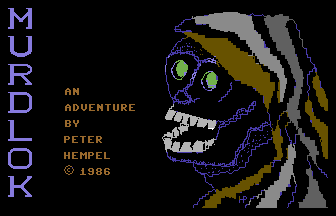
Murdlok is a previously unreleased graphical text-based adventure game for the Commodore 64 written in 1986 by Peter Hempel. A German and an English version exist.
Commodore KERNAL History
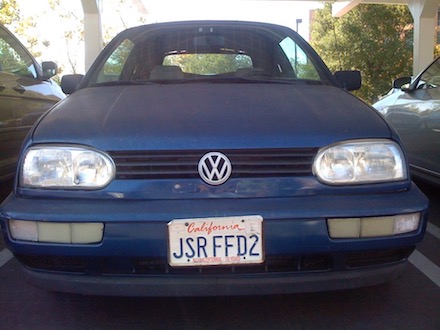
If you have ever written 6502 code for the Commodore 64, you may remember using “JSR $FFD2” to print a character on the screen. You may have read that the jump table at the end of the KERNAL ROM was designed to allow applications to run on a all Commodore 8 bit computers from the PET to the C128 (and the C65!) – but that is a misconception. This article will show how
The Ultimate Apollo Guidance Computer Talk [video]
This is the video recording of “The Ultimate Apollo Guidance Computer Talk” at 34C3. If you think it is too fast, try watching it at 0.75x speed.
The Ultimate Apollo Guidance Computer Talk @ 34C3
After The Ultimate Commodore 64 Talk (2008) and The Ultimate Game Boy Talk (2016), my third talk from the “Ultimate” series will take place at the 34th Chaos Communication Congress at Leipzig (27-30 Dec 2017):
62 Reverse-Engineered C64 Assembly Listings
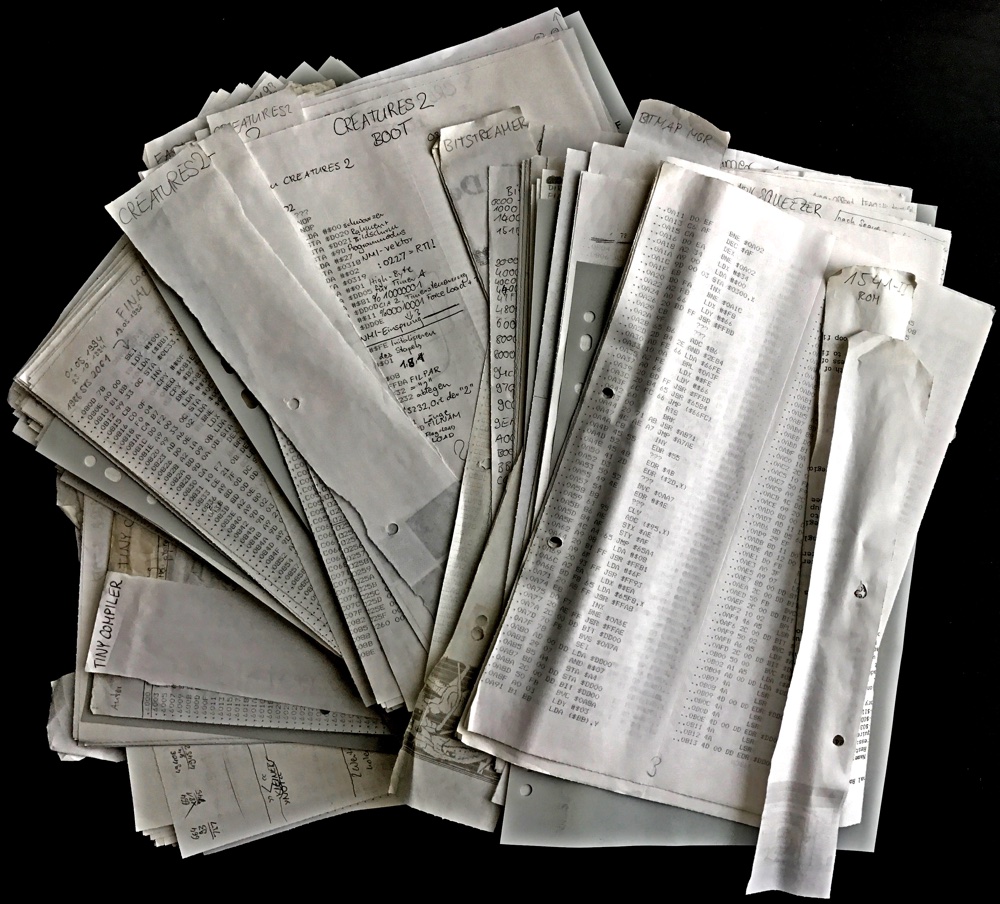
Between 1992 and 1995, I reverse engineered Commodore 64 applications by printing their disassemblies on paper and adding handwritten comments (in German). These are the PDF scans of the 62 applications, which are 552 pages total.
80 Columns Text on the Commodore 64
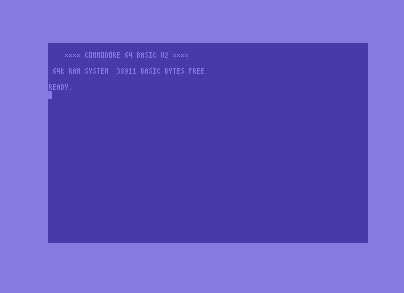
The text screen of the Commodore 64 has a resolution of 40 by 25 characters, based on the hardware text mode of the VIC-II video chip. This is a step up from the VIC-20’s 22 characters per line, but since computers in the professional segment (Commodore PET 8000 series, CP/M, MS-DOS) usually had 80 columns, several solutions – both hardware and software – exist to allow 80 columns on a C64 as well. Let’s look at how this is done in software! At the end of this article, I present a fast and full-featured open source implementation with several different character sets.
Building the Original Commodore 64 KERNAL Source
Many reverse-engineered versions of “KERNAL”, the C64’s ROM operating system exist, and some of them even in a form that can be built into the original binary. But how about building the original C64 KERNAL source with the original tools?
The Ultimate Game Boy Talk [video]
This is the video recording of “The Ultimate Game Boy Talk” at 33C3.
Announcement: “The Ultimate Game Boy Talk” at 33C3
I will present “The Ultimate Game Boy Talk” at the 33rd Chaos Communication Congress in Hamburg later in December.
